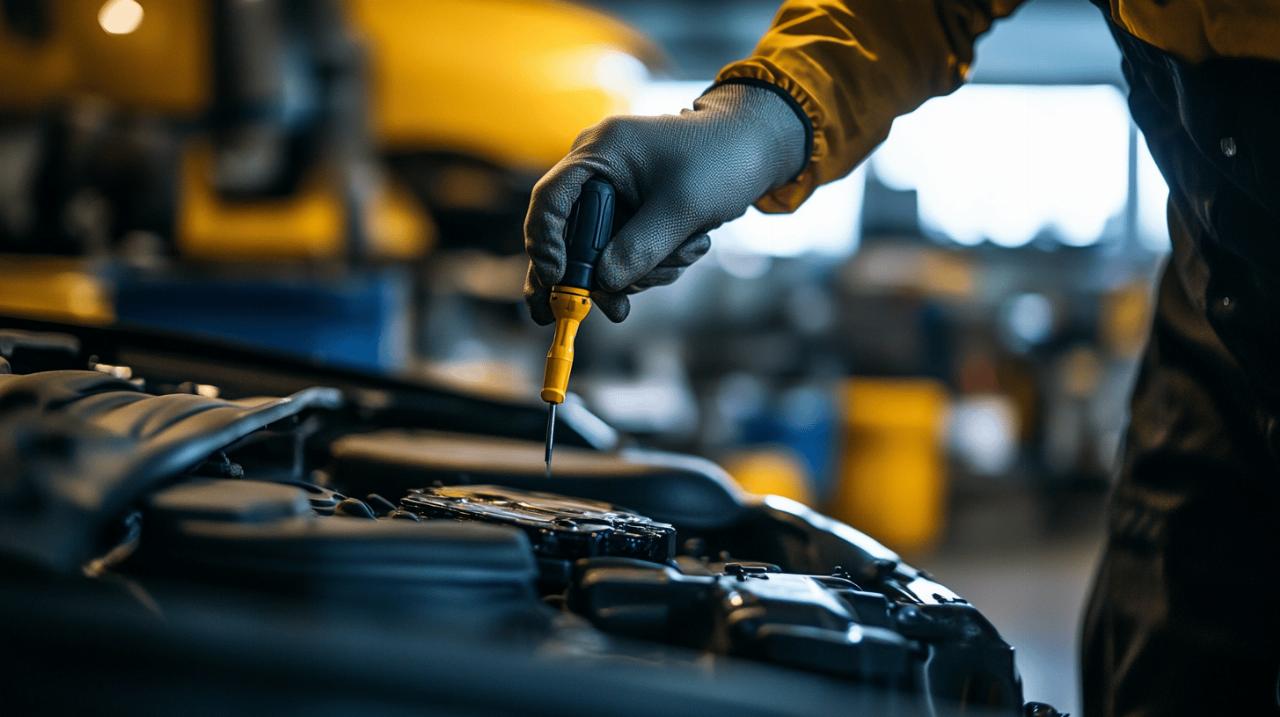Fluid management for optimal engine performance
Maintaining your vehicle properly is essential for ensuring its longevity and reliability. Regular maintenance not only keeps your car running smoothly but also helps avoid costly repairs down the line. A well-maintained vehicle is safer, more fuel-efficient, and retains its value better over time. Creating a consistent maintenance schedule should be a priority for all vehicle owners who want to protect their investment and enjoy trouble-free motoring.
One of the most fundamental aspects of car maintenance involves checking and managing your vehicle’s vital fluids. Engine oil is particularly crucial as it lubricates moving parts and prevents excessive wear. Many motoring experts from https://www.metauto.it/ recommend establishing a regular inspection routine to ensure your vehicle remains in peak condition, regardless of whether you drive a standard petrol car, diesel, or an electric vehicle.
Understanding the critical role of oil changes
Engine oil is the lifeblood of your vehicle’s mechanical heart. It lubricates moving components, reduces friction, helps cool the engine, and prevents harmful deposits from forming. Over time, oil breaks down and becomes less effective at performing these crucial functions. The frequency of oil changes depends on your driving habits and vehicle type. For cars used primarily for short trips under 10 miles, changing the oil every 1,000 miles is advisable. Older vehicles may require oil changes every 3,000 miles, while most modern car manuals suggest intervals of 5,000-7,500 miles. If your vehicle uses synthetic oil, you might extend this to 10,000-15,000 miles.
Checking your oil level should become a routine practice every few weeks. Simply locate the dipstick, remove it, wipe it clean, reinsert it, and then check if the oil level falls between the minimum and maximum markers. The colour and consistency of the oil can also tell you a lot about your engine’s health. Fresh oil appears amber and translucent, while oil that needs changing will look dark and feel gritty between your fingers.
Monitoring coolant and brake fluid levels
Engine coolant prevents your vehicle from overheating in summer and freezing in winter. Unlike oil, coolant typically needs less frequent attention, but its level should be checked regularly, especially before long journeys or extreme weather conditions. Always check coolant levels when the engine is cold to avoid scalding from hot pressurised fluid. Most modern vehicles have a transparent coolant reservoir with clearly marked minimum and maximum levels, making visual inspection straightforward.
Brake fluid is another critical component that requires periodic monitoring. This hydraulic fluid transfers the force applied to your brake pedal to the braking mechanisms at each wheel. Over time, brake fluid can absorb moisture from the air, which reduces its effectiveness and can lead to brake system corrosion. Check your brake fluid reservoir at least every three months and top up if necessary, using the specific type recommended in your owner’s manual. A sudden drop in brake fluid level could indicate a leak in the system, which requires immediate professional attention.
Tyre care and maintenance
Tyres are your only point of contact with the road, making them crucial for both safety and performance. Proper tyre maintenance affects everything from fuel economy to handling and braking distances. Many drivers overlook the importance of regular tyre inspections, yet this simple routine can significantly extend tyre life and improve overall vehicle safety. The choice between premium brands like Bridgestone and Michelin versus budget options can also impact long-term performance, especially for SUVs and larger vehicles that put more stress on their tyres.

Proper tyre pressure monitoring techniques
Maintaining correct tyre pressure is one of the simplest yet most effective maintenance tasks you can perform. Underinflated tyres increase rolling resistance, which leads to higher fuel consumption and excessive heat buildup that can cause premature tyre failure. Overinflated tyres provide less contact with the road surface, resulting in reduced traction and uneven wear patterns. Most manufacturers recommend checking tyre pressures every two weeks and before any long journey.
The correct pressure for your vehicle can be found in the owner’s manual, inside the fuel filler cap, or on a label inside the driver’s door frame. Always check pressures when tyres are cold, as driving even short distances warms them and increases pressure readings. Modern vehicles built after November 2014 feature tyre pressure monitoring systems that alert drivers to significant pressure loss, but these should not replace regular manual checks with an accurate pressure gauge.
Recognising signs of tyre wear and when to replace
The legal minimum tread depth in the UK is 1.6mm across the central three-quarters of the tyre width and around its entire circumference. A simple way to check this is using a 20p coin inserted into the tread groove. If the outer band of the coin remains visible, your tread depth may be approaching the legal limit and the tyre should be replaced soon. However, tyre performance, particularly in wet conditions, begins to deteriorate well before reaching this minimum threshold. Many safety experts recommend replacing tyres when tread depth reaches 3mm.
Beyond tread depth, inspect tyres regularly for signs of damage or unusual wear patterns. Uneven wear across the tyre width often indicates alignment issues, while scalloped or cupped wear patterns might suggest suspension problems. Bulges, cuts, or cracks in the sidewall are serious concerns that warrant immediate tyre replacement regardless of remaining tread depth. With proper care and attention to these details, your tyres will provide safer driving and better value through their extended service life.

